Tea has been an all-time favorite drink throughout my life – and I’m not alone. Tea has long been a traditional aromatic beverage consumed throughout many Eastern cultures, spreading right through to the Western world and beyond …for many many centuries.
The earliest reported time (on record) that tea was drank was in China in the 3rd Century AD. But the belief is that it’s been around since long before
Tea is a flavored beverage, made by adding boiling water to a teapot containing leaves or small bags of leaves from the plant Camellia Sinensis. The leaves release flavor into the water. The liquid is then poured through a strainer over a cup which catches the leaves, (or retained in the small bags).
Then drink and enjoy.
Let’s explore more about what tea is and how it gets to that final stage?
Tea has become more than just a drink, it’s become an experience to be shared within the family and social gatherings. Tea is a time and a reason to come together and share, almost in the sense that food has also become synonymous with bonding at mealtimes. I go more into depth on all these aspects in my tea sommelier course.
But let’s start with the tea plant…
What is Camellia Sinensis?
Almost all tea leaves and tea types come from this single species of plant. The scientific name for that plant is Camellia Sinensis.
For the avid gardeners amongst us, or if you’re the kind of person that visits botanical and specialty gardens from time to time, you may know that Camellia Sinensis is a relation to the Camellia Flower.
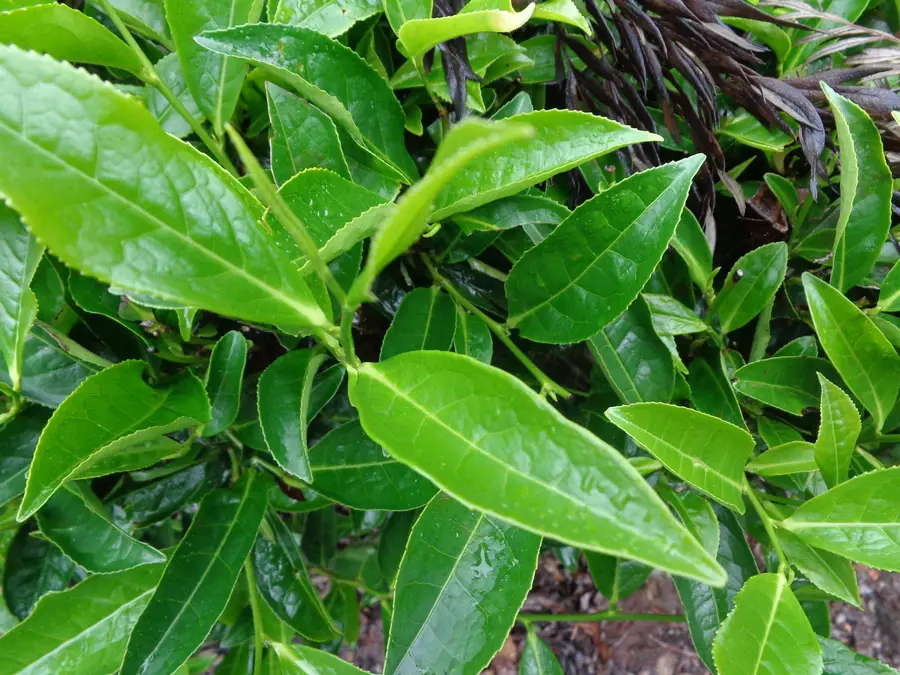
Where is it From?
Almost all tea leaves and tea types come from this single species of plant. The scientific name for that plant is Camellia Sinensis.
It’s not the entire plant that’s used in the production of tea, rather usually it’s a few leaves at a time, plucked from the upper area of the plant. The plant should grow to a good 8 or 10 feet tall, but careful nurturing and plant management means it remains up to about 4 feet tall – mainly so the uppermost leaves are easily accessible.
Camellia Sinensis grows all year round, so it’s evergreen. Mainly where the climate and conditions are warm and wet enough to facilitate its growth. Originating in Asia. however, because of the discovery of its tea properties, it’s now expanded into other continents.
Around 3 Billion People drink Tea in the World, so it’s now grown in 62 Countries and drank in over 160 Countries, in most regions around the world. Still mainly in Tea-Bag form.
This is because the Tea plant thrives best where there’s loose, deep and rich soil, as well as at higher altitudes to most other plants. So as you can imagine, there are some places in the world – mainly nearer the equator, where the climate lends itself better to growing this plant more than others.
Is it Safe to Eat the Tea Leaves or the Inside of a Tea Bag?
After making the tea, the remaining tea leaves are discarded. It is absolutely safe to eat the tea leaves either from the teapot or from the teabag, so don’t worry if some were to get into your tea.
In fact, there will be residual anti-oxidants and amino acids that are still of some benefit within the remaining leaves. Especially when eating green tea.
However, the majority of people do not eat the leaves only as the texture is not very palatable, bits will likely remain in the mouth. There are no health fears from eating the leaves.
If you want to know all the information about eating tea leaves and if it’s safe, then check out my article Can You Eat Tea Leaves? Is it Safe?
Categories of Tea
There are 1500+ different variations of tea flavors, derived from five main categories of tea. They are:-
I Love Facts, Show Me More Facts
100 Facts About Tea!
Black Tea
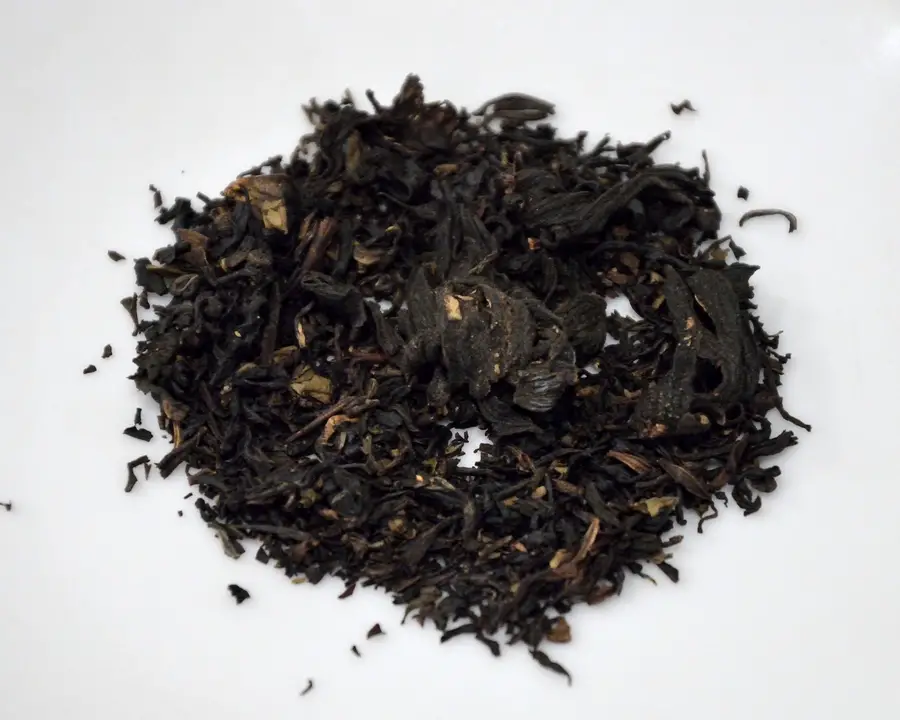
The darker shade of tea and the most widely known and consumed, commonly this tea will be what is in most tea bags you might purchase. The leaves are typically fine-grained and dark brown or black due to their extended oxidation process.
In Chinese tea culture, this is known as Red Tea as when milk is added it does have an orange type tinge to it.
One of the most well-known black teas is the variety lapsang souchong. Which has been speed-dried over a pinewood fire, which gives it a smokey wood flavor? Definitely an acquired taste.
Show Me How to Read Tea Leaves
Green Tea
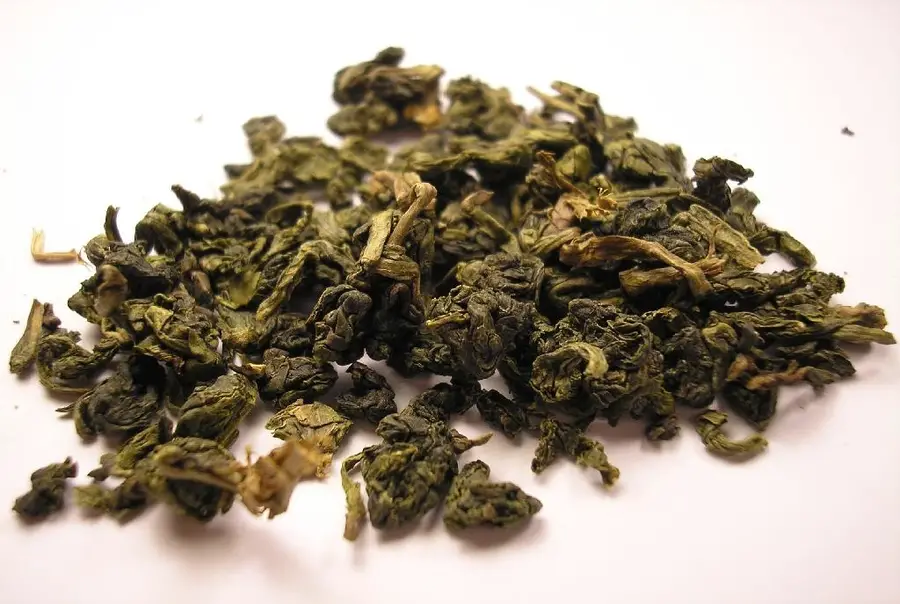
Undergoing a much-reduced oxidation process and thus providing a greener natural leaf. This process also serves to retain more of the antioxidants and vitamins in this naturally fresh brew as well as a sweeter – or less bitter taste.
As with all these teas, there are different types, including the popular Sencha which is steamed in the process stage, and Matcha.
Matcha is a high-quality green tea in powder form. A mainstay of the Japanese culture and made from the younger leaves of the Camellia Sinensis plant. It undergoes further processing. The Stems and Vines are removed and it’s then fine stone ground into powder form.
Want to know why Green Tea is Healthy?
Green Tea, the C
Oolong Tea
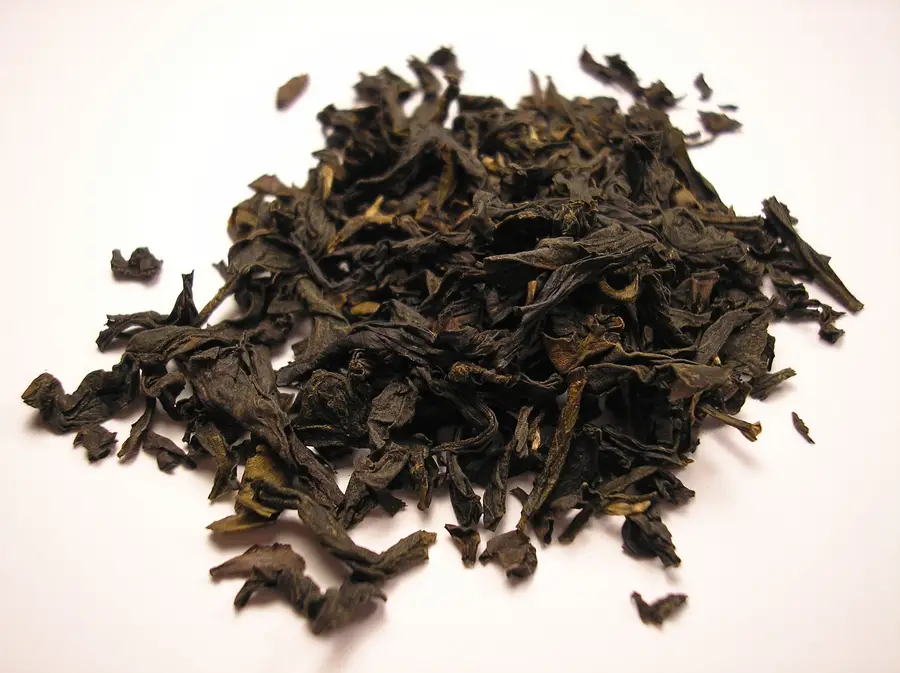
Called ‘Black Dragon’ in China, Oolong falls somewhere between the black and green tea varieties. It’s subjected to 80% of the oxidation process and is one of the few tea’s that can be steeped (or brewed) a number of times. Each occurrence of steeping produces different shades of flavor.
A tea that has been 80% oxidized and is between black and green in the taste profile. Oolongs can be steeped several times, with each successive infusion having its own distinctive taste and fragrance. In China oolong means “Black Dragon”
White Tea
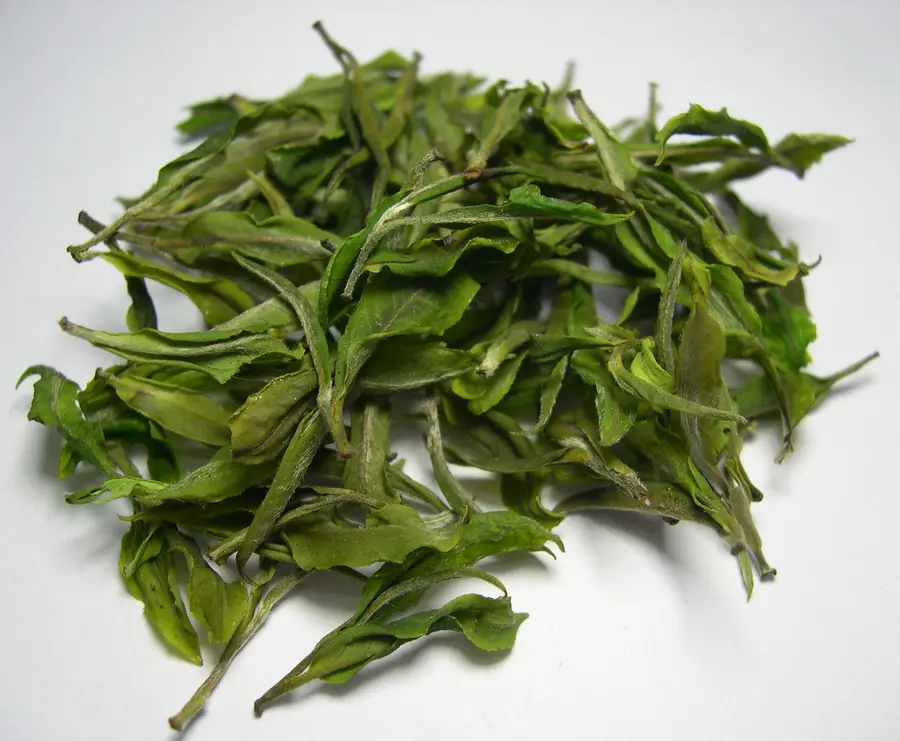
The simplest form of all the teas, subjected to the least amount of processing, culminating in the most delicate in both aroma and taste. In some cases only processed using air drying. Often used as a base for fruit-type variations.
Undergoing the minimal of a manufacturing process of all teas, white tea has a very delicate taste and aroma. The most famous white tea, made with only the most delicate buds of the Camellia Sinensis plant would have to be the ‘silver needle’.
Want to find out more about what White Tea has to offer…
White Tea – Benefits, Side Effects, and How to Make it
Pu-Erh
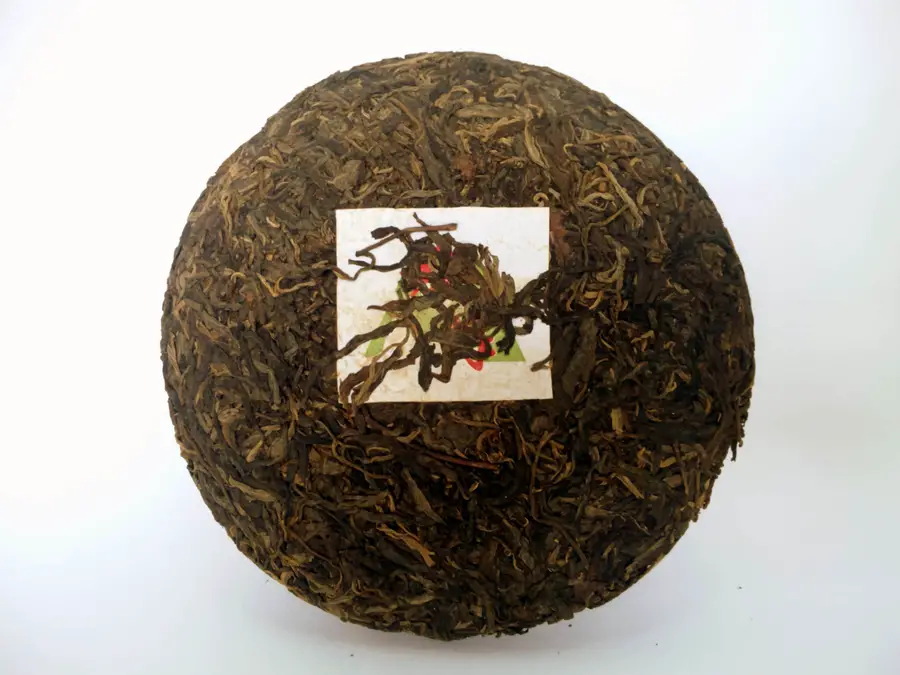
An earthy blend of tea with a taste to match. Not a desirable taste for everyone. Due to its heavy fermentation process, it has a very earthy flavor to it. In some cases, these brands have fermented for a hundred or more years before being used.
Note: Pu-Erh does require boiling water for infusion to occur.
If you’re happy to spend plenty of cash for a taste to Pu-erh, don’t be surprised if it comes with a slight tinge of mold on it too. Many run water over Pu-erh initially to give it a ‘wash’, to remove any of the dust before using.
Depending on how the plant leaves are processed once they’re picked, decides which type of tea it will finally end up as.
Oh … and then there’s …
Herbal Teas – or Tisanes
The exceptions to this are Herbal teas – which are in fact not officially teas at all but made from the roots, seeds, stems, leaves, and flowers (or fruit which means it’s then more a fruit tea), of a variety of different plants.
They take the name ‘Tea’ as they’re largely processed and consumed in the same way. Largely Caffeine-free and perfect as a healthy drink for children too.
If you have more than a passing interest in tea, then why not bring your tea-tasting sessions to life with my tea sommelier course…
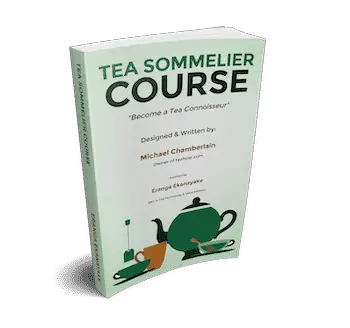
Take the fast track and become a tea connoisseur
Whether for enjoyment or considering a career as a tea sommelier. This course has everything you need to enhance your tea knowledge and tea-tasting skills.
This course keeps it simple with step-by-step tea tasting and easy reference guides
For pleasure, or as a precursor to a career in the tea industry. Find out what tea sommelier actually does, their career paths, and what they earn.

Find out more about the Teahow Tea Sommelier Course!
What Can Be Added to Tea?
Milk
Milk was added to tea very early and even butter on occasion. Traders transporting Tea along the old famous Eastern Tea Horse Road would bolster their tea intake with milk to be more filling – particularly during winter expeditions.
Honey was also used around this time as it was reasonably available and used as a means to sweeten the tea.
No Milk!
The tradition of adding milk in China has mostly long since stopped, later ceasing in the more northern reaches of China and areas bordering Russia where the climate is colder.
But right from its introduction from the East into Western culture by Portuguese Traders in the 16th Century, the habit of adding milk was transferred along with it.
Many in the West still add milk in tea today. However, this habit has been on a slow but steady decline in recent years as the west becomes more health-conscious and fashions change. However, not adding milk is seen in part as an act of snobbery.
Sweetener
Even the habit of adding something sweet to combat the bitter taste of the tea has changed. Many in western cultures transitioned to ‘Sweeteners’, which are saccharine-based products during the late eighties and early nineties to combat the calorie effects of sugar.
Lemon & Lemon Juice
Lemon has also been added to tea, mainly as a form of flavoring as it cuts through the bitter tea taste, but also as it has been something of a fashion addition. There is something refined and aspirational about adding lemon to tea.
Adding Lemon to tea also helped as a precursor to the specialty tea generation of products.
The positive effect of adding lemon juice is that it aids in the release of antioxidants.
Tea Trends By Country
In 2016, an international working group was set up in order to promote tea globally. Headed by China and including representatives from Canada, India, Kenya, Sri Lanka, and the United Kingdom. They arrived at the following preferences for Tea in popular Tea drinking Countries.
United States
Tea Consumption in the US? Well, 80% of US Households have tea. By 2015, 80% of the tea consumed within the USA is Black Tea, 16% Green Tea, and the remaining 4% was Oolong, White & Dark Tea. The US is the fourth largest importer of tea in the world, after Russia, Pakistan, and the United Kingdom
United Kingdom
What kind of Tea do they drink in the UK? Black Tea accounts for 69.6% of all the tea drank. Followed by Fruit & Herbal Tea, Green Tea, Speciality Tea, and others. Tea Consumption has dropped by 22% from 2010 to 2015. Mainly in favor of other types of tea. So although sales of ordinary ‘Tea Bags’ are down, other teas continue to rise in popularity.
China
In China, Green Tea accounts for 53.3% of all Tea consumed. Dark Tea had doubled in the year leading up to 2015 to 11.7%, whilst Black Tea is at 10.3% and Oolong Tea makes up 11.1% of the share.
Canada
A poll taken during one month showed that in popularity terms, 39% of Canadians declared Green Tea, whilst 36% said Black Tea and 22% said fruit/herbal/botanical tea.
The US and Canadian tea markets continued to grow, while the UK tea market, on the other hand, continued to decline, mainly due to diminishing sales of ordinary tea bags. Meanwhile, green tea, fruit/herbal tea, and specialty tea are expected to become a new growth area.
Interested in Global Tea Production?
Find Out the Worlds Top 62 Tea Producing Nations
Components of Tea
The chemical makeup of Tea is changed after manipulation at a production level. However, in its raw leaf form, the bulk of the plant is made up of Insoluble Components such as Polysaccharides, Proteins, and Pigments.
Tea However is a very natural drink compared to many modern drinks. Tea does not contain salt, fat or calorie substances. There are over 450 kinds of organic compounds found in tea.
Essential Oils
Considered the most important component within the leaves are the Essential Oils (around 20% of the content) which provide the final drink with its array of aromas and flavors – an impressive 100 flavors of Green Tea alone, but a staggering 550 flavorings in Black Tea!
Polyphenols
You may know about or hear of the health benefits of tea, such as the Theaflavins in Black Teas. This group of chemicals is called Polyphenols, better known as anti-oxidants, and they provide the health benefits of tea when it’s drunk. They account for around 30% of the content of the raw leaf.
You may also be surprised to know that Polyphenols are what can give tea that bitter, almost astringent sense in the mouth. Or the sensation that your mouth is dry.
Nutrients
Nutrients are also found in tea, in smaller quantities. There are over 15 inorganic Minerals, Vitamins, and Amino Acids. In fact, about 70% of the minerals in green tea are Amino Acids, which is why green tea has an almost effervescent or broth type look to it.
Enzymes
A breaking down of the Enzymes through Oxidation is what dramatically changes the color of the leaves during the production process. The leaf is ‘Rolled’ within the rolling room which is designed to break open the cells of the plant – thus releasing the flavors.
It’s whilst in the process that, that the two essential compounds are released from the leaf. These being Polyphenol Oxidase and Polyphenol from the Cell vacuoles.
It’s also within the rolling process that the shape and size of the leaf are determined, whether that be curling, flat or twisted etc. The way that the leaves are shaped and handled are designed to preserve the essential oils held within. This has been a process refined and perfected over many many centuries.
Alkaloids
Yes, there is Caffeine in Tea, albeit just under half the amount of Coffee. Caffeine is part of the Methylxanthines group of chemicals which are a family of Alkaloids.
There are three notable types within the Leaf of the Plant which in varying degrees facilitate the stimulation of muscles, the brain, and the nervous system. As well as Stimulating the Heart, Kidneys and Respiratory System. They are Caffeine, Theophylline, and Theobromine. muscle relaxant, and stimulant for your kidney, heart, and respiratory system.
Tea Manufacturing Process
There are two types of processing, one is more traditional, and the other the more modern method. I discuss these in my tea sommelier course, but let’s explore the two methods below…
Orthodox Manufacture:
Using this method, the tea is picked – mostly by hand as it’s the tender upper parts of the plant that are mostly used.
There is then a withering process where the leaves are left out to wither after being taken from their source. This will reduce the water content, making them more pliable and softer.
Then begins the ‘rolling’ process. This will have the effect of breaking down the cellular structure of the leaves and inducing the oxidation process.
It is in the oxidation process that then ‘type’ of tea is largely defined. Some are exposed to more oxidation than others. This will determine if the tea is to be white, green, black, oolong, etc.
As oxidation continues the leaves become darker. So you know if your tea has a dark look to it before steeping then it has been allowed to oxidize for longer. Green tea is also subjected to a speed form of oxidization during part of the process.
The leaves are then dried at the correct point in the oxidization process and they are then graded into their various sizes depending on how splintered they were allowed to become in the rolling process.
For most tea varieties, they’re now ready to pack and transport.
The traditional method is normally overseen by a generation of artisans skilled in the perfect timing and processing of the tea. They can often take days of work to make each pound of tea just right.
CTC Manufacture:
The most common and more modern approach is the CTC method, which means Crush – Tear – Curl. You might say this is the mass-production method of making tea. Thus producing more tea ready to transport – in a shorter space of time. Commonly used to produce the black tea we are all familiar with, particularly those found in tea bags.
The modern production method is finely tuned, however, seeking to emulate that of the original and more traditional methods used previously.
Believed to be used during WWII as a means to increase the amount of tea that could be repacked into sturdy chests and transported to troops along the front lines.
As per the Orthodox method, leaves are plucked and allowed to wither. Then they’re passed through large machines which crush, tear and process the leaves (i.e. CTC)!
In the Crush-Tear-Curl process, tea leaves are plucked and withered.
As per the Orthodox method, leaves are plucked and allowed to wither. Then they’re passed through large cylindrical rollers that as the name suggests, crush, tear and curl the tea leaves into small fragments of just a few millimeters in length.
Following this process which allows the cells of the plant to be broken up and disturbed, the leaves are left to oxidize before being fired. Again for a various amount of time depending on the final type of tea desired.
Finally, the tea is graded into various sizes and is ready to ship.
Advantages of CTC Manufacture
The advantage of CTC manufacture is the leaves are broken up to such an extent that they provide more surface area, and therefore it will ‘brew’ quicker and have a greater yield when steeped in water. Because of this greater yield, less tea is required per serving.
This should help answer lots of questions about What is Tea plants, what is tea leaves, types of Teas, etc, we hope we have helped with that score too.
What is Tea – Conclusion
I hope this has provided you with a better understanding of tea and how it’s produced! Even if you picked up a couple of extra pointers to impress your friends with … maybe over a cup of Green Tea?
Don’t forget to learn the art of tea with my tea sommelier course. And be sure to check out my Tea-Ware Page for some great curated gift ideas. Starter teas for beginners, best tea sets for that romantic night in, and lots more!
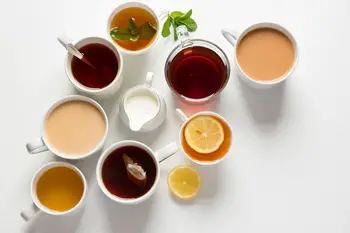
[…] is because tea bags usually contain dust or fannings, these are finer “chopped” particles of tea that have a much greater surface area – which […]